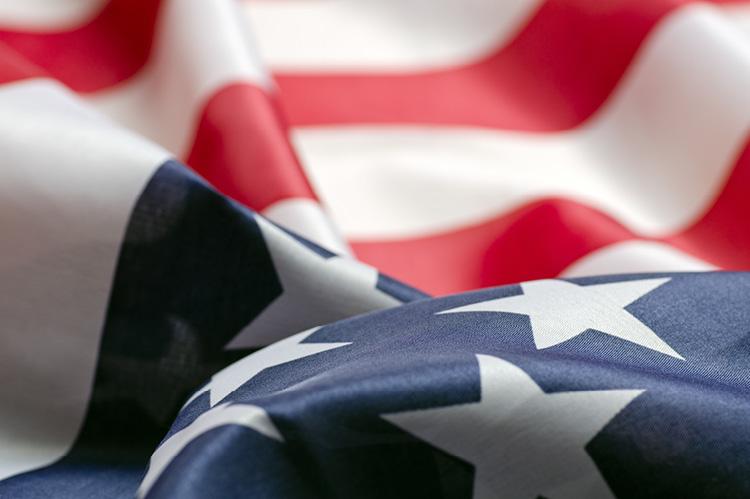The Proposed Giant Pipeline In Midwest - A Practical Test To The Future Of Carbon Capture

Summit Carbon Solutions plans to build a 2,000-mile pipeline running through five Midwest states, including Minnesota. The prospected conduit will become the world's largest carbon dioxide pipeline, transporting the greenhouse gases responsible for global warming and climate change from dozens of biofuel plants to North Dakota for permanent underground storage.
The two famous companies are seeking to sequester the greenhouse gases deep down the ground to accelerate the achievement of "net zero emissions" sometime in the future by cutting down on the potential greenhouse gas emissions from fertilizers, ethanol, and other industrial emissions from the plants.
While the proposed project by Summit Carbon Solutions and Navigator CO2 Ventures fuels hope for rapid reduction of greenhouse gas emissions from plants, the prospect has become a subject of court battles as hundreds of Lowa residents file objects with the state regulatory agency, questioning whether the pipelines are necessary.
Additionally, the parties are concerned whether it's safer for the pipelines to run through miles of valuable farmlands passed down the generations. The two giant companies plan to liquefy carbon dioxide, transport it through a pipeline and then inject it deep down the ground for permanent storage. Summit Carbon Solutions plans to sequester Carbon dioxide in North Dakota while Navigator CO2 will do Illinois.
With both companies already on the move to secure permits from the Lower utility board, the project is expected to cost $4.5 billion for the Summit side and about $2 billion for the planned Navigator CO2 project, pushing the combined cost of the two major projects to a whopping $6.5 billion.
Proposed Pipeline Locations
The proposed Summit's Midwest Carbon Express will cover about 710 miles of pipeline running through 99 counties in 30 states. The pipeline would cover a combined distance of 2,000 miles across into four more states: Minnesota, North Dakota, South Dakota, and Nebraska.
Besides that, Navigator CO2's "Heartland Greenway System" project will cover about a 900-mile pipeline running through 36 counties. The project would construct a combined 1300 miles of pipeline reaching four states: Illinois, Nebraska, Minnesota, and South Dakota.
In their effort to sequester carbon dioxide deep underground, the two companies have made agreements with numerous plants. Summit says it will be sequestering carbon dioxide from 31 biofuels plants, while Navigator has already reached a deal with at least 20 ethanol and fertilizer plants.
Key Benefits of The Proposed Pipelines
According to Summit, Carbon sequestration would cut down the ethanol's carbon footprint successfully to the anticipated net-zero by 2030, allowing it to be sold to US states, including California, with a low fuel carbon standard.
Both Summit and Navigator say the carbon sequestration project would help ethanol and other energy-intensive industries to remain profitable even as the country ramps up the efforts to cut greenhouse gas by half to address the rapid climate change.
With Lowa being the US's largest producer of ethanol, Summit says it has the potential to capture up to 12 million metric tons of carbon emitted annually from industrial processes, equaling to pulling 2.6 million vehicles off the road annually.
Navigator also confirmed its 15 million metric ton carbon capture capacity, equating to annual pulling 3.2 million cars off the road. Therefore, the actualization of the proposed pipelines is a major boost to the US decarburization effort as the country works towards achieving net-zero emissions by 2030.

